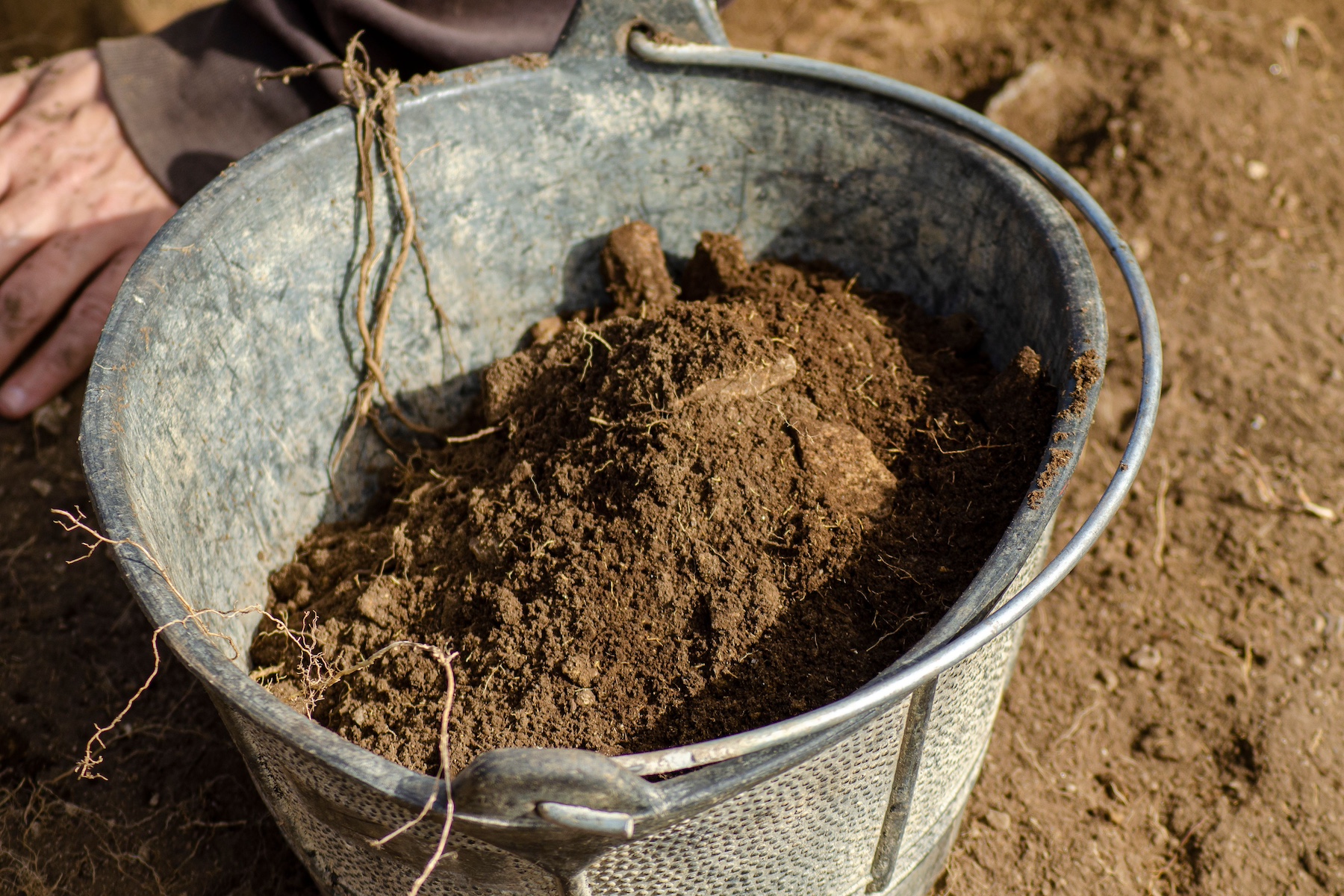People have a lot of questions about cremation because there are a lot of misconceptions. Even though cremation has been around for thousands of years and is now more common than burial, many people know little about how the process works. That lack of knowledge has led to a lot of myths and misconceptions.
To kick off our new blog post series on common cremation misconceptions we’re debunking one of the most common, longest standing myths. For decades, millions of people have mistakenly believed that the cremated remains (cremains) the family receives are the ashes of the incinerated body.
Let’s go into more detail about what cremains actually are and how this cremation misconception came to be.
Why People Think Cremains Are Ashes
It’s easy to see why some people would conclude that cremains are ashes that result from incinerating a body. When something is burned it can create ashes. And past centuries when funeral pyres were more common, ashes could be seen wafting up in the air. That’s still the case today in countries like India where funeral pyres are still used. However, the ashes people may have witnessed with this type of cremation were more likely from the wood and kindling than the deceased.
There’s also a biblical reference that led many people to believe cremation left behind the ashes of a loved one. In the book of Genesis there’s a line that states, “ashes to ashes, dust to dust,” which many people see as a reference to cremation.
Another factor is what cremains look like. They do resemble ashes in color and texture, but in reality it’s something completely different.
What Cremains Actually Are
Modern cremation produces the same result as a funeral pyre, but the process is very different. The body goes in a chamber called a retort. Once inside the retort, the body is exposed to flame and intense heat that’s up to 1,800 degrees Fahrenheit🌡. At those temperatures the tissue and organs are essentially evaporated. Any waste particles that are generated get filtered out so they don’t cause air pollution.
When a cremation is complete only one thing remains – the bones. Once the bones have cooled down they are pulverized into a grainy powder. These are the cremains the family receives. They can be off-white, light grey or dark grey just like ashes from a fire 🔥.
If you have questions about direction cremation services and what to expect during the process, give us a call or text. We can provide additional information or help you arrange services without having to come to our funeral home.



